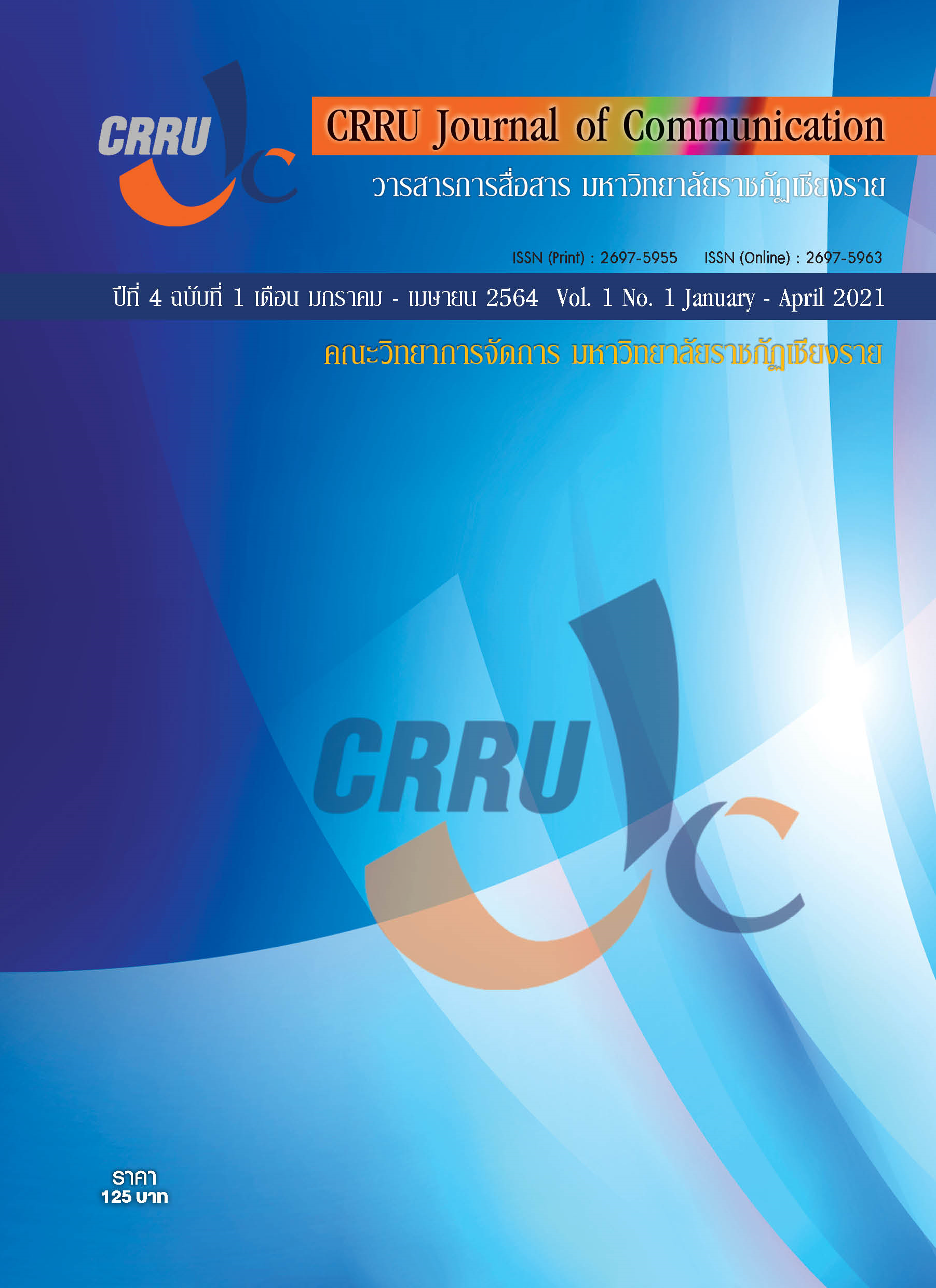The Development of The Media to Promote Health of Elderly Person in Phayao Province
Main Article Content
Abstract
The purpose of this research was to study the media exposure needs for health promotion of the elderly. In order to develop the media for health promotion of the elderly in Yuan Subdistrict Chiang Kham District, Phayao Province By using the Mix Method Research. From the research, it was found that the media that elderly people in Yuuan Subdistrict, Chiang Kham District, Phayao Province were the most open are community radio and wired radio. But when studying in detail found that both types of media also communicate health to the elderly which are relatively few. And do not meet the needs of the elderly in terms of health promotion of the elderly as they should, both on the needs of the elderly who need information about viewing and increasing health And in line with the disease that they are experiencing or are at risk including wanting to be involved in determining the content of the program and reliable news and information for the elderly must come from experts such as medical personnel etc. The researcher therefore developed the media through the process of media participation of the elderly in the development of community media, such as community radio. And audio media along the line By developing the model And the content of the program to be in line with the needs of the target group such as conversation programs, documentaries and radio spots broadcasted through community radio in the amount of 3 radios and news programs of health, documentaries and spots broadcast via wired radio. From the research, it was found that in the category of community radio media and wired radio regarding the satisfaction with the types of programs Satisfaction with program content presentation Satisfaction with the host Satisfaction with air date and time the satisfaction towards participation in the program by average is at a high level. In terms of participation in media development for health promotion of the elderly, it was found that Participation is still limited to sending representatives to attend the meeting. Suggestions, policies, program formats and desired program types.
Article Details
References
Kanchana Kaewthep. (2000). Media for the Community: Knowledge Processing Bangkok: Office of Research Fund (TRF)
Kamchon Louiyapong. (2009). Identity and communication ability of the elderly club leaders Pho Sai Ngam Subdistrict, Phichit Province for activities to develop themselves and the community. Journal of Communication Arts, Thammasat University, Year 1, Issue 1 October 2009
Panupong Phuto. (2008). Participatory communication: a case study of the Sukson Sufficiency Economy Learning Center, Tha Wung Subdistrict, Khao Samo Khon Subdistrict, Lopburi Province.
Siri Onkaew Lai. (2007). Exposure to utilization and satisfaction from listening to the Khao Kop radio program of listeners in Khao Kop Sub-district, Huai Yot District, Trang Province. Faculty of Journalism and Mass Communication Thammasat University.
Everett M. Rogers & F. Floyd Shoemaker. (1971). A cross-cultural approach. 2nd edition. New York: the Free Press.
Jacobson, T. & Kolluri, S. (1999). Participatory Communication as Communication Action. Cresskill. New York: Hampton Press.
White, R. (1994). Participation development communication. New Delhi.


